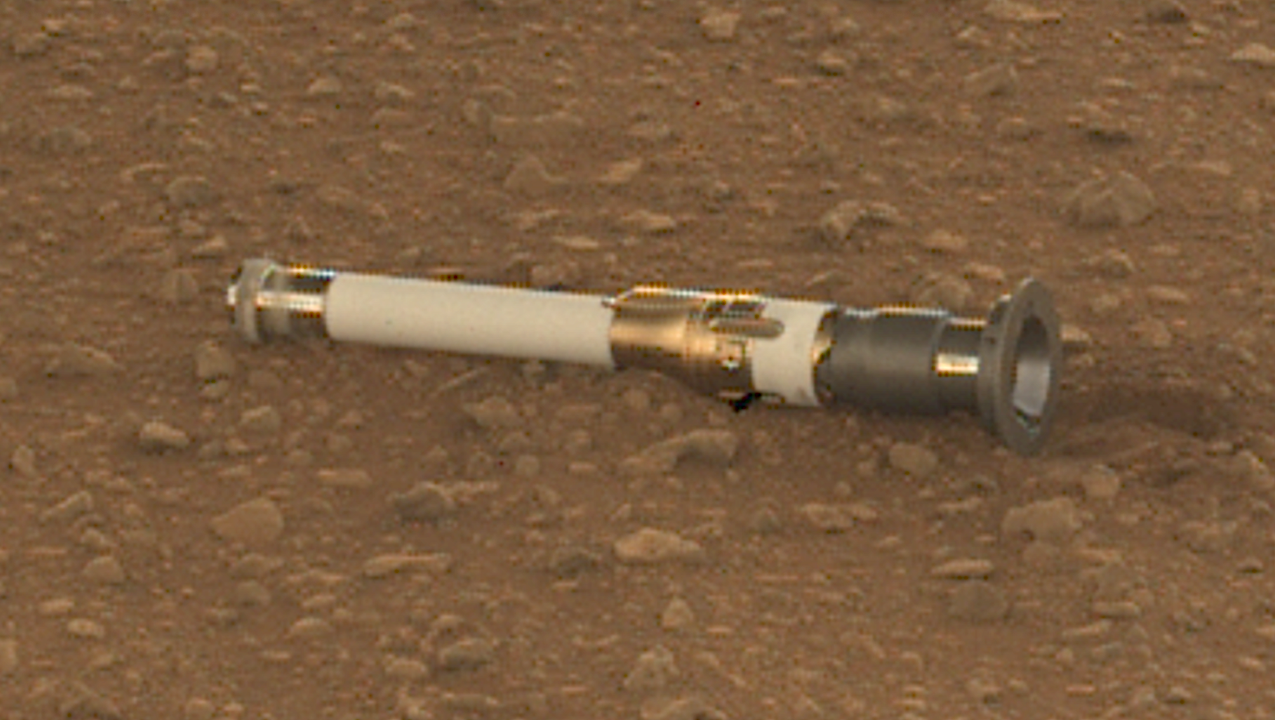Carnegie Mellon University (CMU) Associate Professor Sufei Shi has been awarded a $1.3 million grant over five years from the Gordon and Betty Moore Foundation to pursue research goals focused on quantum simulation. The funding, part of the…
Category: 7. Science
-
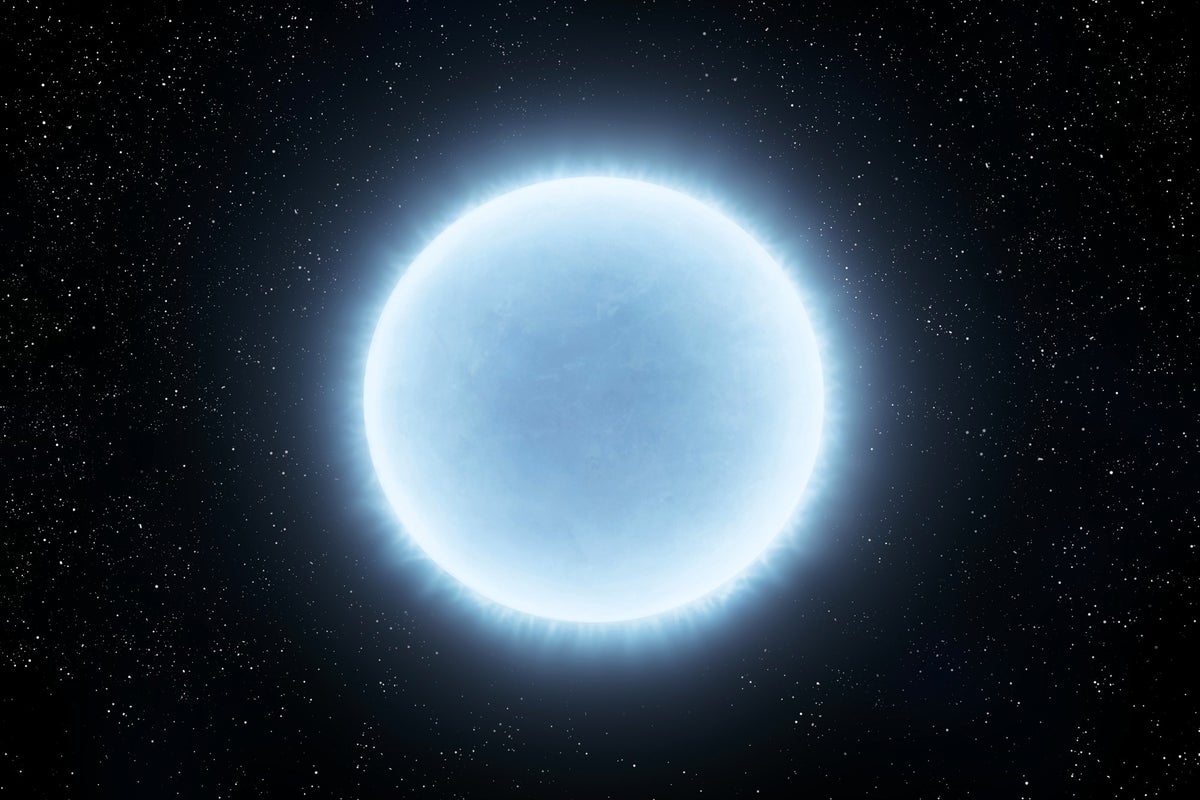
The most ‘pristine’ star in the universe discovered by astronomers
Astronomers have observed a primeval star that they believe to be the most “pristine”…
Continue Reading
-
Just a moment…
Just a moment… This request seems a bit unusual, so we need to confirm that you’re human. Please press and hold the button until it turns completely green. Thank you for your cooperation!
Continue Reading
-
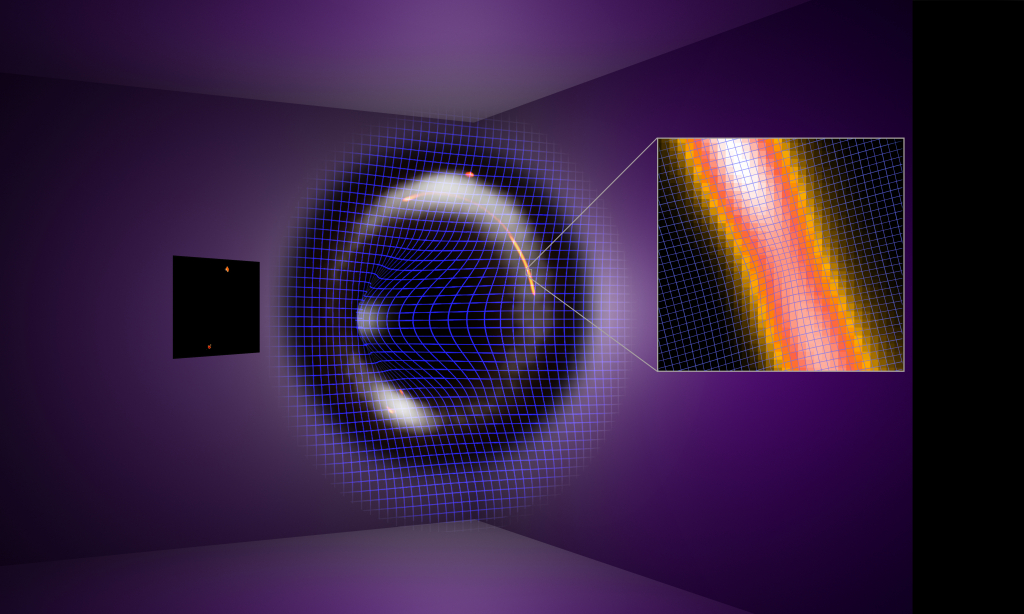
Astronomers Detect Lowest Mass Dark Object Yet in Distant Universe
An international research team, using a worldwide network of radio telescopes, including the U.S. National Science Foundation National Radio Astronomy Observatory (NSF NRAO) U.S. National Science Foundation Very Long Baseline Array (NSF…
Continue Reading
-
Just a moment…
Just a moment… This request seems a bit unusual, so we need to confirm that you’re human. Please press and hold the button until it turns completely green. Thank you for your cooperation!
Continue Reading
-

Differences in bacterial community composition and diversity in the rhizosphere and surrounding environment of wild soybean (Glycine soja) under different salt stress conditions | BMC Microbiology
Singh A. Soil salinization management for sustainable development: a review. J Environ Manage. 2021;277:111383.
Google Scholar
Li J, Pu L, Han M, et al. Soil salinization…
Continue Reading
-
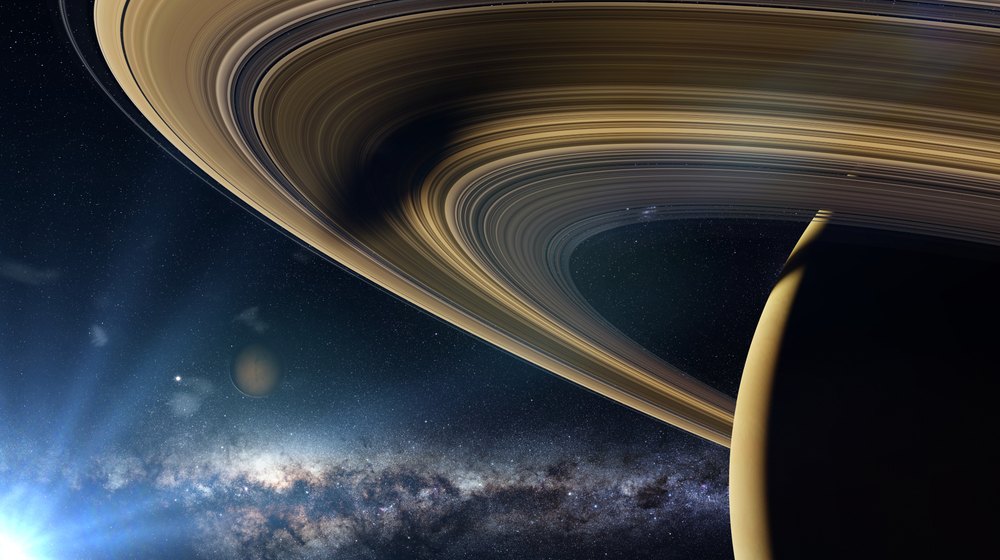
A Pakistani Scientist May Have Found Life in Outer Space
A Pakistan-born German astrobiologist has identified life-supporting organic molecules beneath the icy crust of Enceladus, one of Saturn’s moons, adding fresh evidence that it may harbor the conditions necessary for life.
The…
Continue Reading
-
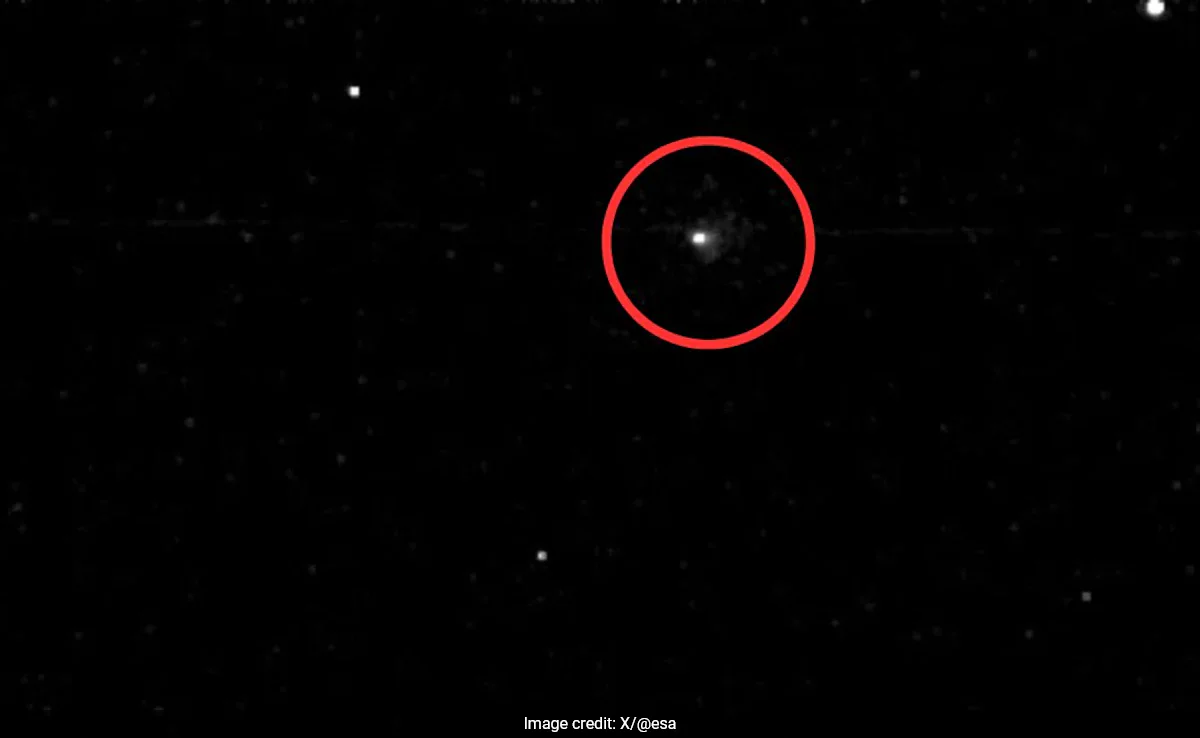
Mars Orbiters Take Rare Images of Interstellar Comet 3I/ATLAS Zooming Past Red Planet
The European Space Agency (ESA) has captured some incredible images of the interstellar comet 3I/ATLAS when it flew past…
Continue Reading
-
Chinese scientists use AI protein language model to uncover mystery of life evolution-Xinhua
Tourists view a white whale at Sunasia Ocean World in Dalian, northeast China’s Liaoning Province, May 22, 2024. (Xinhua/Zhang Lei) BEIJING, Oct. 8 (Xinhua) — Bats and toothed whales are distant groups, yet both have independently developed the…
Continue Reading

